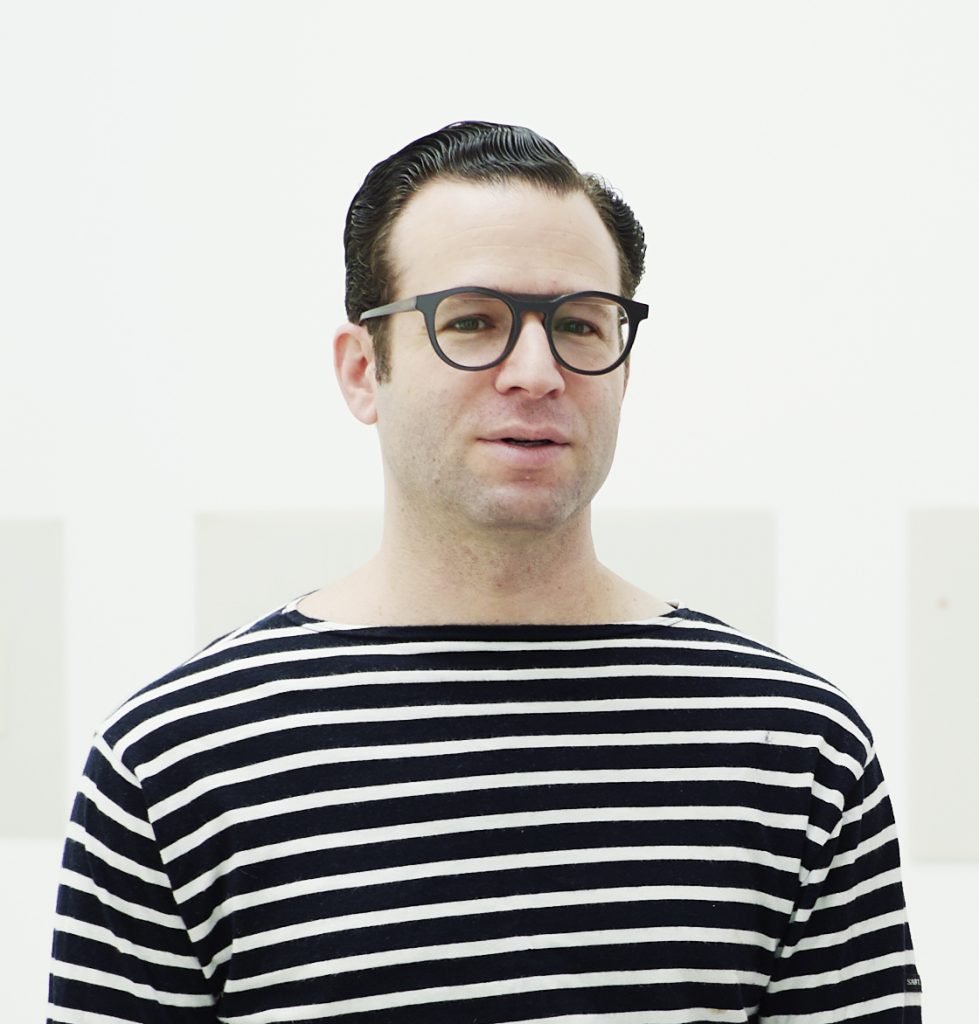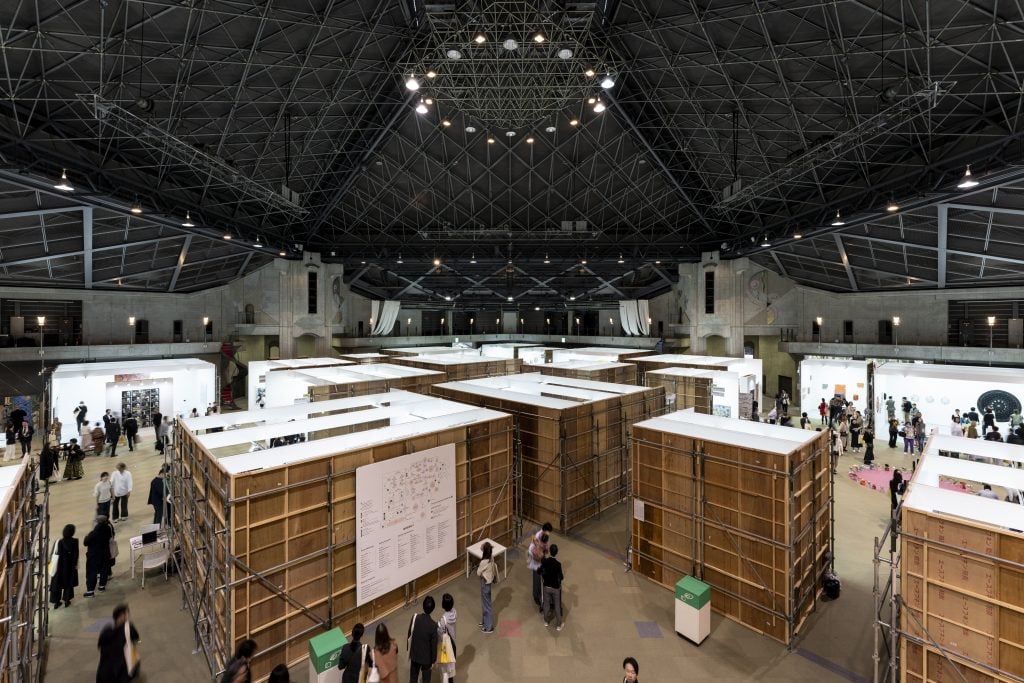Market
‘This Is What We Have Been Waiting For’: Tokyo Dealer Jeffrey Rosen Talks Collaboration
While the art industry may be known for cutthroat competition, cooperation is key if mid-tier galleries are going to thrive, he argues.

While the art industry may be known for cutthroat competition, cooperation is key if mid-tier galleries are going to thrive, he argues.

Jeffrey Rosen

The View From is excerpted from The Asia Pivot, Artnet Pro’s biweekly members-only newsletter providing mission-critical analysis, insights, and exclusive intelligence on developments in Asia’s art markets, with a focus on business opportunities and challenges. Subscribe here to receive it directly to your inbox.
Jeffrey Rosen is the co-director of the Tokyo gallery Misako & Rosen and a co-organizer of the gallery share and hot-spring retreat Onsen Confidential, with his wife and business partner, Misako, and the artist Cobra, who runs the space XYZ Collective in the Japanese capital. (It starts today and runs through April 21.) Rosen is also the co-president of the New Art Dealers Alliance and sits on the board of Contemporary Art Library.
It is, indeed, true that April’s Onsen Confidential, which I co-organize, is going to be its second and final run. We are very happy with this edition of our gallery swap and hot-spring retreat initiative, particularly the fact that it includes galleries from different parts of Asia. Our gallery is 17 years old, and this is what we’ve been waiting for: a generation of galleries with whom we are comfortable, both in terms of business practice and aesthetics.
There are basically two ways you can run a gallery. One is rooted in empathy and mutual support, and the other is a version of business which is self-serving, profit-driven. Only a few people are talented at running a business the latter way. The rest of us would do better to work together, simply because there’s absolutely no way for so-called mid-tier galleries to survive the commercial art world that we are a part of right now.
A strong-enough cooperative art world can serve as a counterbalance to a profit-driven gallery system, which is comprised of, like, four galleries. This cooperative art world should also include an artist-run gallery system, where artists know how things work in the commercial art world, running side-by-side with the mid-tier galleries. Collaborative initiatives such as Condo and Friend of a Friend were born out of this necessity to work together. This is why we are supportive of this type of initiative.

Art Collaboration Kyoto 2023. Courtesy of ACK, photo by Moriya Yuki.
In the case of Onsen Confidential, one of our goals is to introduce colleagues from other parts of the world to each other, and to engage them with what’s happening internationally, especially galleries that are based in places that are not in the so-called center, such as Kim? Contemporary Art Centre in Riga, Latvia or the Green Gallery in Milwaukee, Wisconsin. We bring all these people to one place in Tokyo, which has a very curious audience. Our colleagues in Tokyo are very enthusiastic about this, too, especially when we are doing this on our home turf. The comfortable environment makes it easier to interact with people.
We are seeing a small spark in Japan’s art market. It’s not that there’s never been a moment when it seemed like we might have a burgeoning market in Tokyo over the past 22 years I’ve been living here. There has been a shadow market, or a strong market that has developed outside the confines of the mainstream contemporary art world. But this time, there are some clear signs. It’s small and relatively nascent. It could be because of the market of street culture–related art, or it could be a consequence of the partially speculative, partially real market traction happening within Asia. Covid caused collectors in Japan we don’t necessarily see, or who wouldn’t be our clients, to buy locally, to be inward-looking, as a result of not being able to travel. They did not lose their appetite during that time.
But when you see foreign galleries opening branches in Tokyo, that suggests that there may be enough collectors from Japan buying from galleries from abroad that it makes sense for them to have an outpost here. There are also more Japanese collectors buying at art fairs. More galleries internationally have also started working with Japanese artists, a pool of talent that’s largely untapped.
We have seen more market initiatives these past three years, in addition to the existing fairs such as this week’s Art Fair Tokyo and local auctions. While Art Collaboration Kyoto and Art Week Tokyo explore alternative models that better meet the needs of the current state of Japan’s art market, are we ready for a standard art fair, like Tokyo Gendai, which debuted last year? Is this going to be a mutually beneficial situation where the presence of something helps to grow what’s necessary for it to survive? It’s a chicken-and-egg situation.
—as told to Vivienne Chow. This article was first published in The Asia Pivot on March 6.